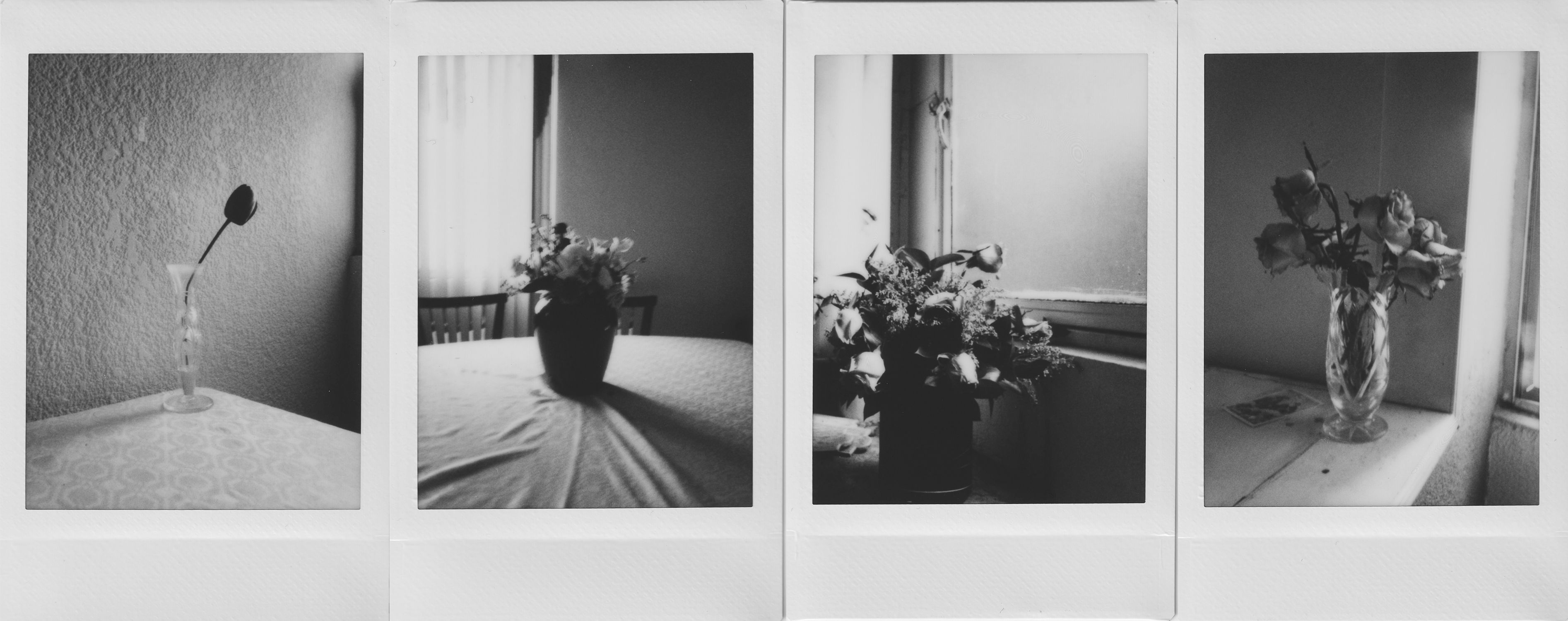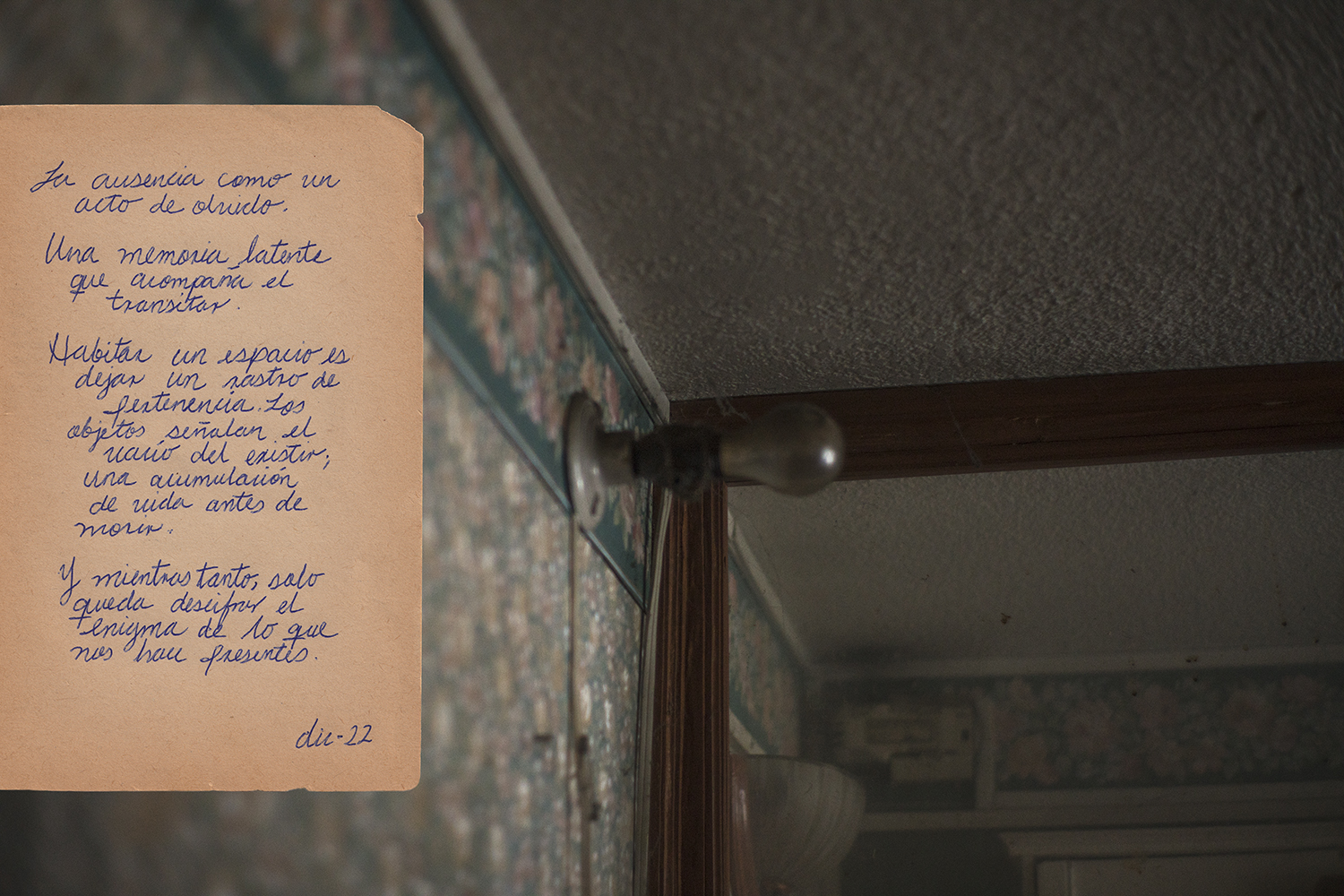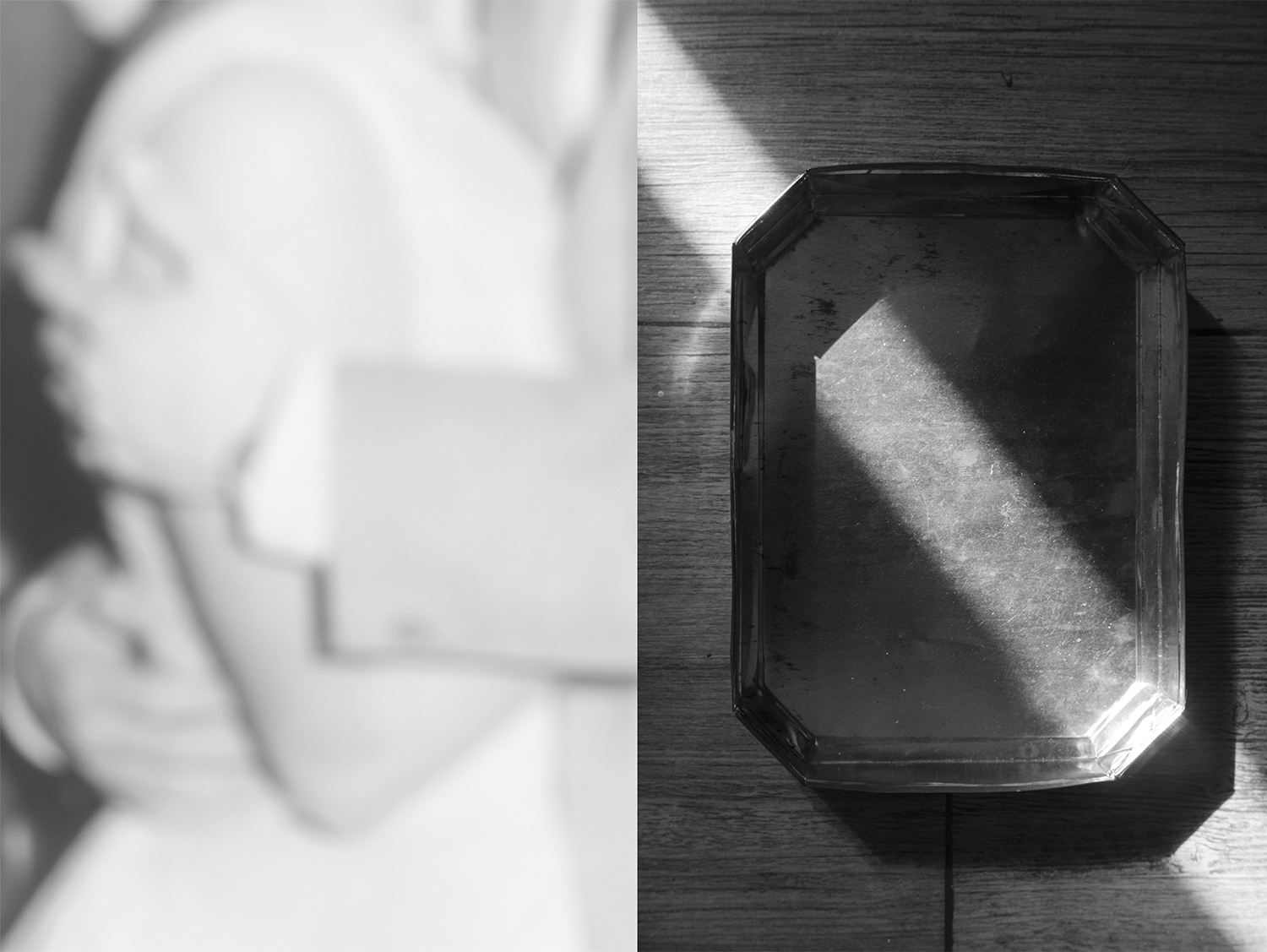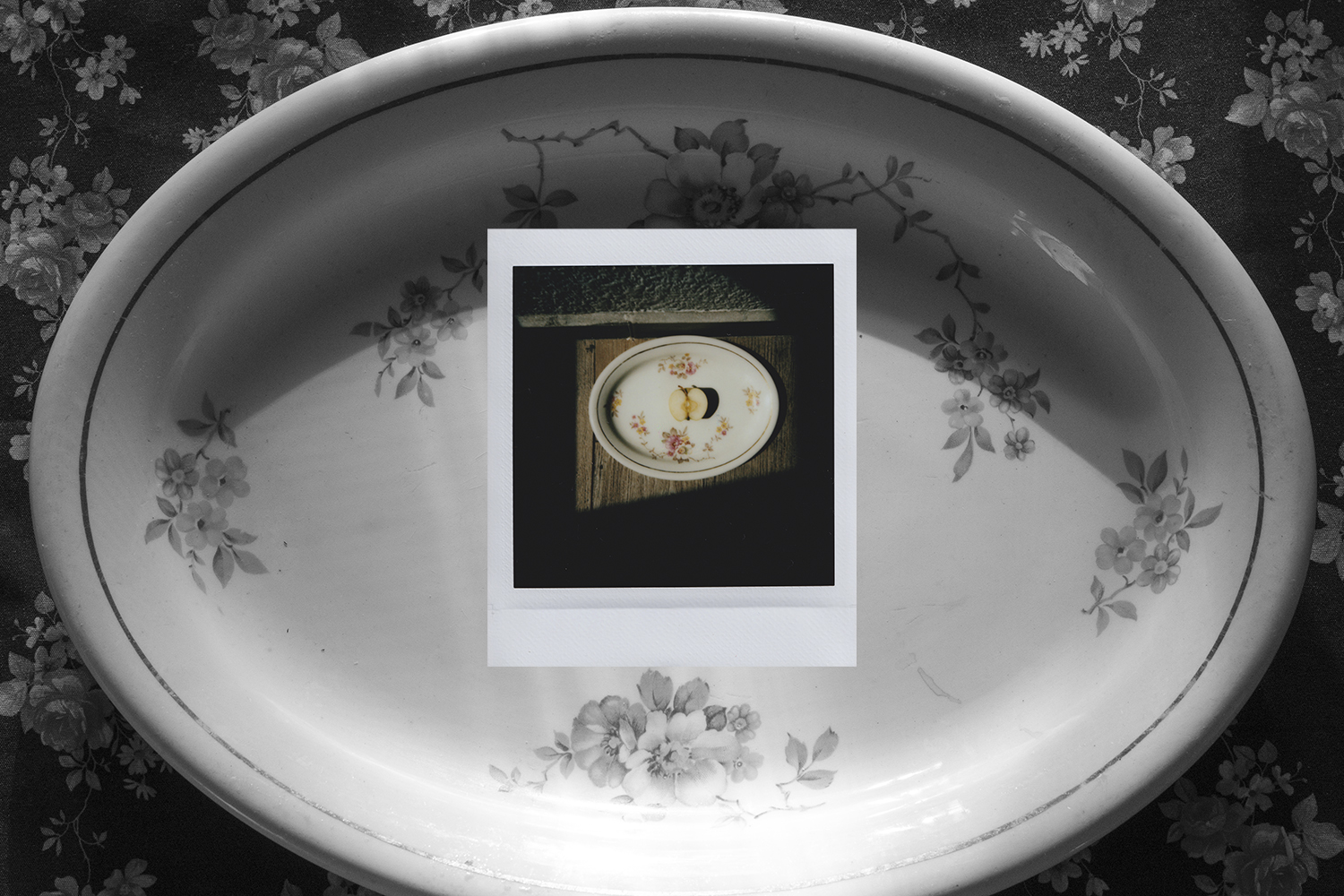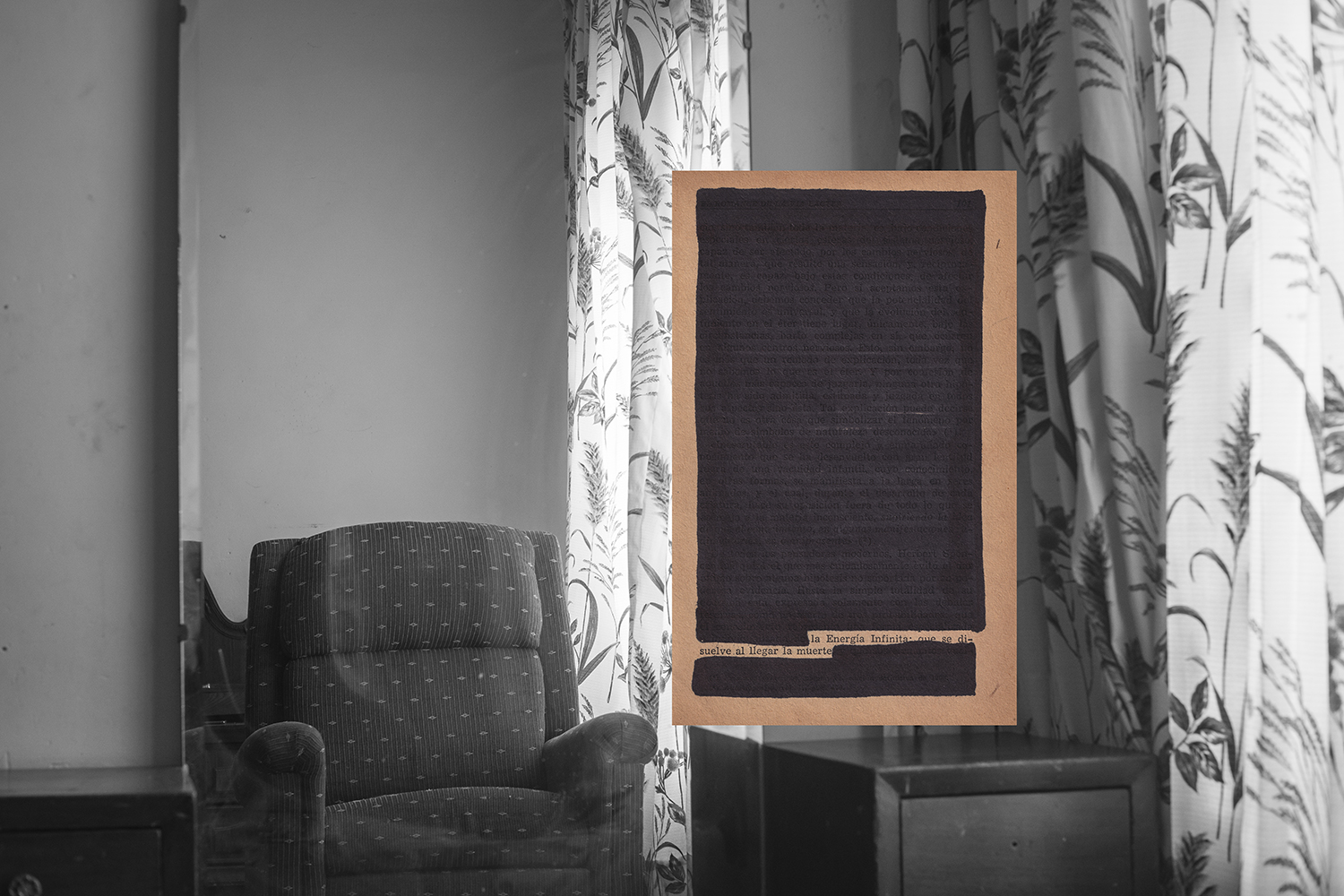Karla Guerrero: Diario de Ausencias
This week we are looking at the work of artists who submitted projects during our last call-for-entries–way back in late-2022 (a new call will be going out sometime in the near future, so stay tuned for details…). Today we are viewing and hearing more about Diario de Ausencias by Karla Guerrero.
Karla Guerrero is a fine art photographer and cultural manager (b.1993, Mexico City). She obtained a Master of Social Development in Artistic Culture from the University of Malaga (2019 – 2020) and has honed her photography skills through specialized programs including the Seminario de Producción Fotográfica at Centro de la Imagen (2022) and a diploma in fine art from Fundación Pedro Meyer (2016). Since 2017, she has actively participated in the international contemporary photography scene, contributing as a juror, curator, and portfolio reviewer.
Her work has been exhibited across Europe, the US, the UK, Mexico, and Uruguay. Notably, Karla has received numerous prestigious awards and recognitions, including the Jóvenes Creadores grant from the FONCA (2023 – 2024), the Sony World Photography Award (2018), being a two-time finalist at Photo Made grant by The Lucie Foundation (2018 and 2021), and consecutive honors in the IPA Awards (2019 and 2020), among others.
As of 2020, Guerrero is an integral part of the photography directory of the Contemporary Image Platform (PICS) at Centro de la Imagen México. Recent highlights include the artist talk “Sobre la ausencia y la memoria” at the Universidad Complutense de Madrid (2023). Her solo exhibition “Berta” at the framework of the Centro Fotográfico Montevideo (2022 – 2023) and group exhibitions like “Contemporáneas” by CSF with PHotoEspaña (2023), “La materia que se borra” at Centro de la Imagen (2023), “Aquí y allá, las montañas se mueven” at the Centro Nacional de las Artes (2022), and “Narrativas no lineales” at Patricia Conde Gallery (2021) have also garnered attention.
In 2019, she founded Femgrafía, a platform dedicated to promoting women photographers in Latin America and Spain. Currently, she is developing a new artistic educational program called Giro Portafolio (ig@giroportafolio) with the aim of supporting emerging artists in enhancing their trajectory and practice.
Follow Karla on Instagram: @karlaguerrerophoto
Diario de Ausencias
My work and artistic practice emerged from direct experiences with everyday life. I explore transitory moments and experiences in human life, particularly focused on memory, absence, and void. Delving into the concept of “metaphotography”, I address visual and conceptual narratives through the fusion of photo archives and the interaction between image and text.
Within my creative process, I look into the complexities of perception and representation through the use of digital and analog formats, including instant film and collage, to create a harmonious synergy between them. My intention in combining these elements is to develop compositions with multiple layers of interpretation that invite a more intuitive and contemplative way of observing.
Daniel George: To begin, tell us how this project started. What led you to begin this visual diary?
Karla Guerrero: I began from the end, in a vice versa manner. Over the course of four years, I sporadically captured images of moments and subjects that caught my attention, without much thought behind them. These images remained in my archives for quite some time, and after several revisions, I started editing images that, in one way or another, continued to intrigue me, much like they did the first time I shot them. I categorized each photo based on my initial intuitive response, and then organized them according to different aesthetics (black and white, collage, polaroids, etc.).
My creative process for starting this diary can be likened to the statements of Stephen R. Covey, “To begin with the end in mind means starting with a clear understanding of your destination. It means knowing where you’re going so that you better understand where you are now, and that every step you take will always be in the right direction.” I traced a path to the sense of loss behind the absence constructing memories within the everyday.
DG: What do feel everyday experiences offer in terms of creative substance?
KG: I firmly believe that a conscious and deep review of the everyday and the ordinary can become a visual anthropology reflecting behavior patterns. I find the immediate environment in which I dwell and its context fascinating. Objects and spaces become a kind of imprint, an extension of life itself.
It’s like a form of collective introspection. By photographing objects or spaces that appear in my photos, they somehow connect with the viewer’s experience, even if they don’t coincide in time or space. This is the magic of my intention with my photography: capturing moments from a direct (phenomenological) experience with what is photographable.
DG: This project was created from 2018-2022, and you mention that it considers the idea of absence and loss. I’m curious, did the pandemic accelerate the work? Or what effect did that experience have on the trajectory of your photographs?
KG: This project is unrelated to the pandemic. I didn’t produce anything during that period. In fact, there’s only one image from 2020 in the diary.
As it was a diary created in reverse, my photographic production resumed in 2021 and continued into 2022. In an experimental process, I used pages from old books and intervened on them, developing a small obsession with instant film. However, I don’t attribute any of this to the pandemic. On the contrary, my work as a cultural manager increased due to the high demand for online activities, leaving little time for creative photography.
DG: In my eyes, your work tends to have the quality of a sort of memoir—narrating either your experiences or that of your family members. And you often use archival images to achieve this. Would you describe you interest in this manner of visual account?
KG: I believe that memory serves in various ways. It can be revisited and relived, imagined or ignored, giving rise to interconnected concepts. With this in mind, I often work in a non-linear manner. For example, in this series, I intuitively guided myself with each image, resulting in an editing process that involves pairs, sequences, collages, archives, and other techniques. Reflecting on all these concepts—memory, absence, presence, emptiness, loss—I find that they are driven by the desire to see.
On another note, my family archive has brought strong narratives to define my identity and role. Yet, it has also led me towards imagination and openness to anyone’s personal history. Transitioning from the personal to the universal, the private to the public, I aim to show my own experiences in a way that resonates with others. This, to me, signifies the completion of my work.
DG: In your statement, you write that your work contains “multiple layers of interpretation that invite a more intuitive and contemplative way of observing.” Why is it important that your images (and perhaps photographs in general) possess this quality?
KG: I believe that a photographic image can convey a lot regardless of its format or origin. When justified elements are added to its composition, contributing to the narrative, that’s when the visual language becomes more interesting and enriching to explore. Undoubtedly, achieving this is challenging and complex.
Since I began my practice, I’ve conceptualized the term “meta-image” or “meta-photography” a priori as a resource in visual composition and aesthetic inclusion to develop multiple layers of meaning. Through experimentation, I started to explore how the “image within the image” can contribute more to my main idea or reflection behind any project. I’ve come to see it as a metaphor for the workings of perception and memory, allowing me to construct images with deeper layers of meaning and/or emotion. The final purpose is to create more space for contemplation. Especially in a context where we are saturated with images, what stops us from observing? From thinking? Therefore, I aspire to make my work with this intention.
Posts on Lenscratch may not be reproduced without the permission of the Lenscratch staff and the photographer.
Recommended
-
Aaron Rothman: The SierraDecember 18th, 2025
-
Gadisse Lee: Self-PortraitsDecember 16th, 2025
-
Scott Offen: GraceDecember 12th, 2025
-
Izabella Demavlys: Without A Face | Richards Family PrizeDecember 11th, 2025
-
2025 What I’m Thankful For Exhibition: Part 2November 27th, 2025





